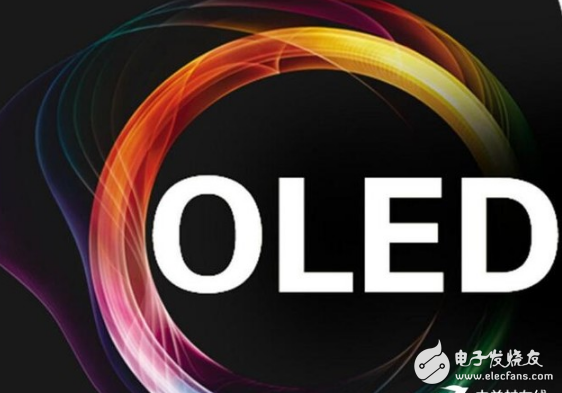The direction of the future display technology has been debated and will not stop this topic. According to reports, Korean factories have turned to OLEDs. Although the OLED boom is still on the way, it is not necessarily the end of liquid crystal. In the eyes of more people, it is a domestic manufacturer. The demand for LCD in China is still quite large. In the second half of the year, the global color TV market was slightly calmer. However, recently, there has been some excitement. The trend of the two giant giants in South Korea may indicate that the Korean factory is accelerating the elimination of small and medium-sized LCD panels and then transitioning to OLED screens. According to industry analysts, LCD or the end of the road, but the reporter does not fully agree. According to the reporter's understanding, LG Display recently closed the 5th generation P4 factory in Gumi City. This is another closed LCD production line after the 3.5th generation P2 factory. It is expected that the 4th generation P3 factory will also be closed before the end of the year. Or fully develop AMOLED. LGD said that it does not plan to invest in LCD panels for the time being. If high-end customers want to buy high-resolution products, LGD will only carry out small-scale production. LGD expects to invest US$18.08 billion in the OLED industry by 2020. The plants are P10 and E6 in Paju, E5 in Gumi, and an OLED plant in Guangzhou, China. Samsung's old rival Samsung's Samsung Display has closed a 7th generation line panel factory and two 5th generation line panel factories, and built two large-scale OLED panel factories in South Korea. The news said that it will spend 8.8 billion US dollars this year to expand production capacity, and transform some of the original liquid crystal production line into an OLED panel production line. The actions of the two major panel giants in Korea are regarded as the weather vane by some viewpoints. After all, OLEDs have the characteristics of self-luminous, true color, zero delay, infinite contrast, ultra-thin, flexible display, etc., which seem to be superior to liquid crystals. There have been many assertions about the end of the liquid crystal. However, the reporter believes that it is still too early to mention the end of the LCD: First of all, from the perspective of color TV products, LCD products still occupy a dominant position in the market. Secondly, no matter from the manufacturing process, production capacity, cost or price, OLED has to go beyond LCD, there is still a long way to go. Again, the current display technology is not limited to OLEDs, liquid crystals, lasers, etc., and ultimately, "who deer is dead," or long-term coexistence, is still unknown. Finally, in small-size applications, LCDs also have considerable demand. The reporter observed that the Korean factory's transition to OLED is not necessarily the end of LCD, but it can basically be considered as an opportunity for domestic manufacturers. It is understood that Samsung’s closure of a 7-generation panel factory last year triggered a tight supply of 40-inch TV panels. Recently, LGD’s closure of the LCD panel factory will inevitably lead to changes in the panel supply pattern, especially for AUO, Innolux and Caijing. And Huaying and so on continue to profit in the small and medium size panel market. After all, panel makers BOE, in addition to small-size OLED panels, mainly concentrate on 55-inch TV panels, while currently have small and medium-sized production lines, namely, AUO, Innolux, Caijing and Huaying. The iteration of display technology is an inevitable trend. However, any change requires a process. Although LCD has become mainstream a few years ago, it can be seen that CRT display still exists in some markets. Then, even if OLEDs need to "replace" LCDs, it will take time. This "replacement" is not necessarily done by OLED alone. Laser displays and so on are also looking for opportunities. Moreover, LCD itself is also being upgraded, thus extending itself in the industry. The "life cycle" inside. The Hydrogel Film is made of a honeycomb structure with super toughness TPU material, which has a certain buffering effect to prevent falling, explosion-proof, and collision with sharp objects. It is an innovative product with slow rebound technology. Small scratches and bubbles can be automatically repaired after 24 hours. Self-Repairing Films,Automatically Repair Hydrogel Screen Protector,Self Healing Hydrogel Film,Hd Self-Repair Screen Protector,Hd Anti-Stress Repair Hydrogel Screen Protector Shenzhen TUOLI Electronic Technology Co., Ltd. , https://www.hydrogelprotector.com